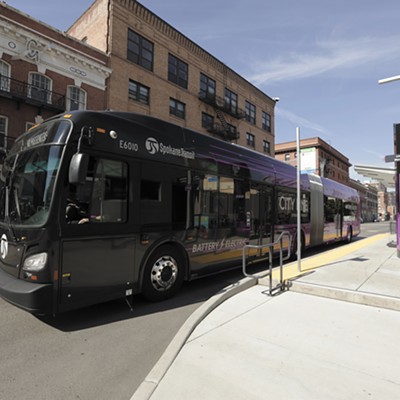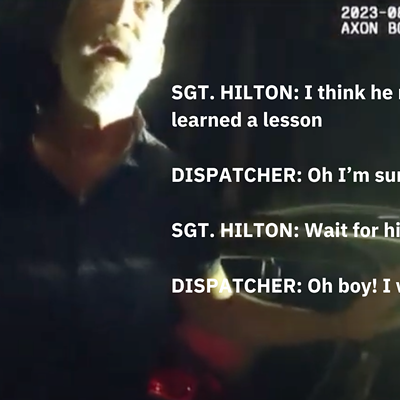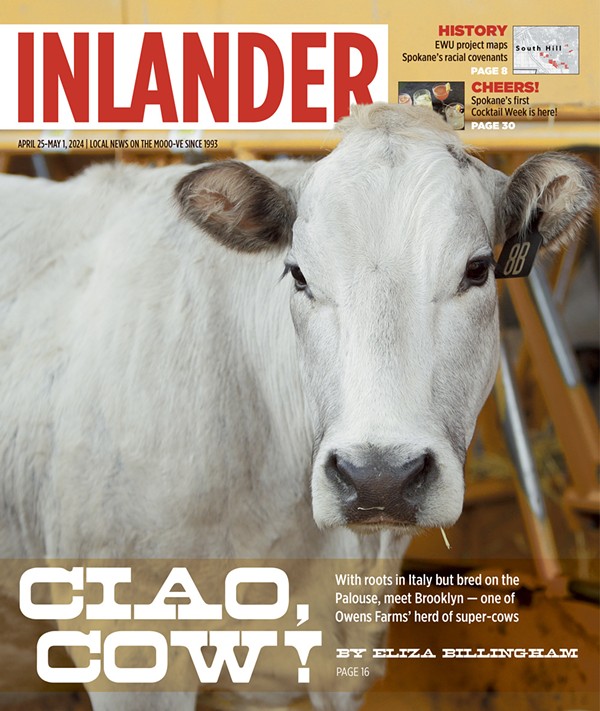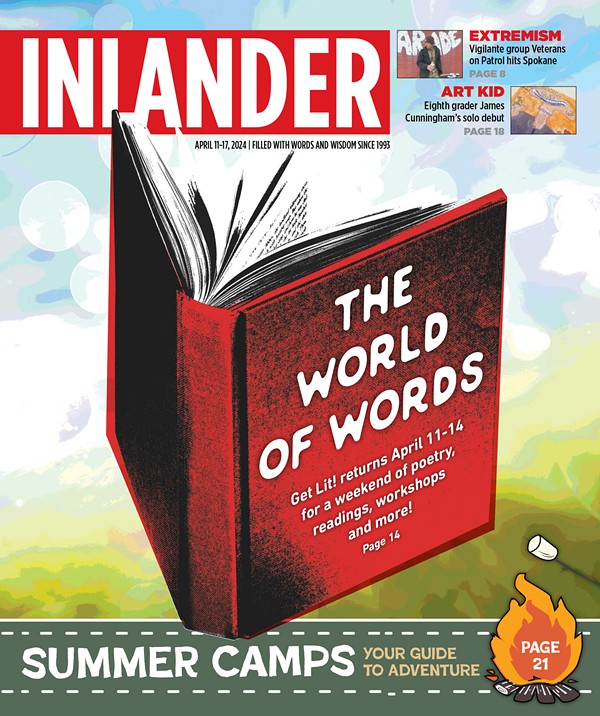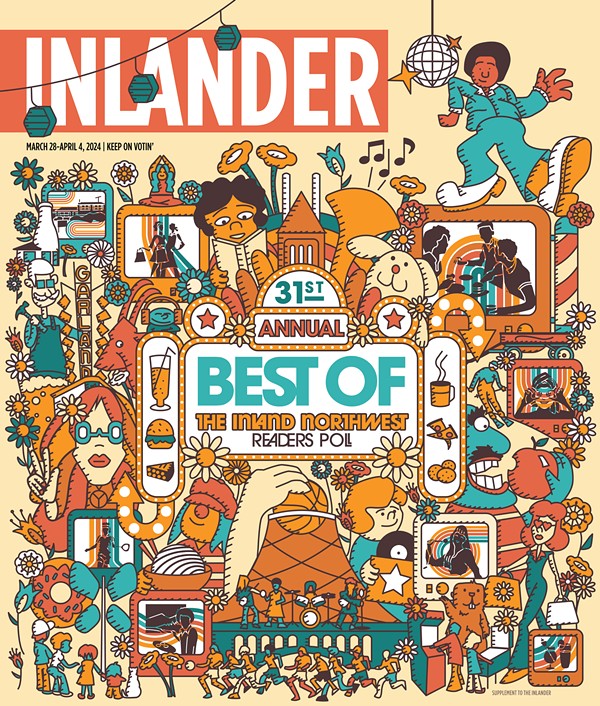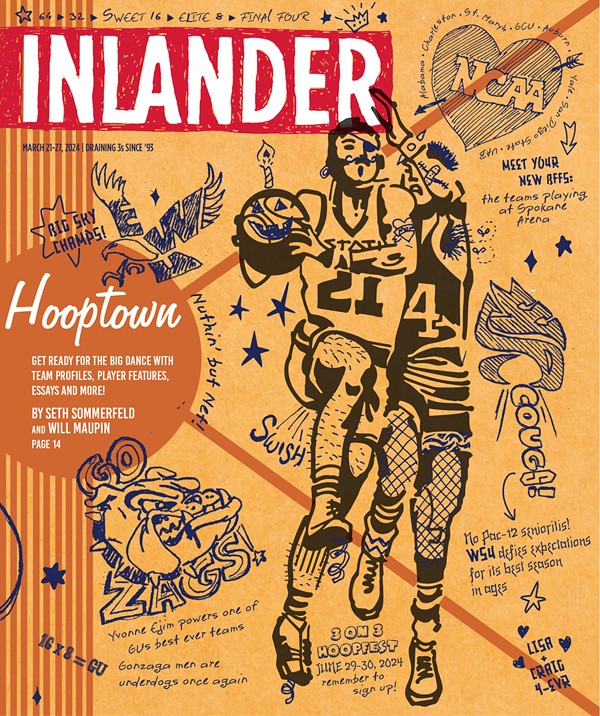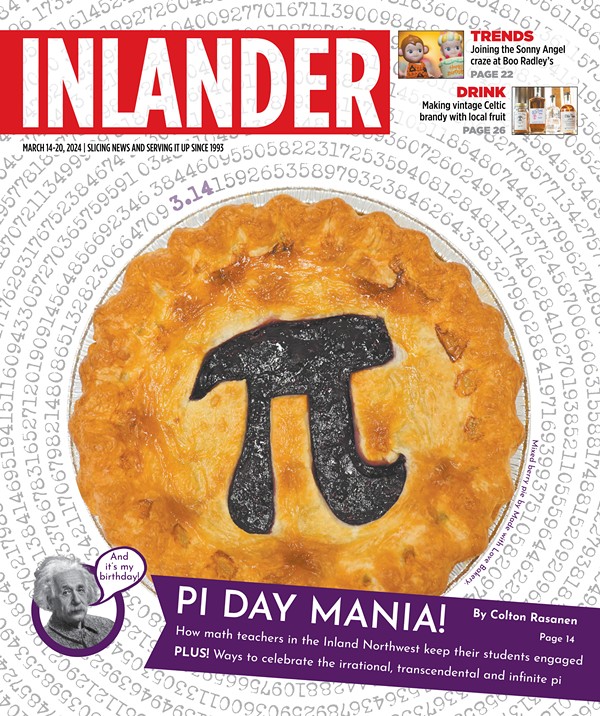Fall Arts Preview - Lord of the Rings Symphony
[
{
"name": "Broadstreet - Instory",
"component": "25846487",
"insertPoint": "4",
"requiredCountToDisplay": "4"
},{
"name": "Broadstreet - Empower Local",
"component": "27852456",
"insertPoint": "8",
"requiredCountToDisplay": "8"
},{
"name": "Broadstreet - Instory",
"component": "25846487",
"insertPoint": "12",
"requiredCountToDisplay": "12"
},{
"name": "Broadstreet - Instory - 728x90 / 970x250",
"component": "27852677",
"insertPoint": "18",
"requiredCountToDisplay": "18"
},{
"name": "Broadstreet - Instory",
"component": "25846487",
"insertPoint": "5th",
"startingPoint": "23",
"requiredCountToDisplay": "24",
"maxInsertions": 100
}
]
by Michael Bowen & r & After a trilogy of movies and DVDs laden with special effects, you've already made your voyages to Middle Earth. For your next return trip, why not take a different path? For your next viewing of the grudge match between Sauron and Frodo, why not go the symphonic route?
Shortly after The Fellowship of the Ring came out, composer Howard Shore adapted his score into a 40-minute concert suite (since expanded), which premiered in Los Angeles in 2002. Then, rushing to complete his symphonic suite in time for the 2003 New Zealand premiere of The Return of the King, he devoted 25 minutes to each of the last two films.
Eventually, he would win Oscars for Best Score for the first and third films, and for Best Song ("Into the West") for the final installment. But first, Shore whittled the trilogy's 11 hours of film scores into a two-hour extravaganza for symphony orchestra, chorus and soloists called The Lord of the Rings Symphony.
On Saturday, Nov. 12, at the Arena's Star Theatre, the Spokane Symphony Orchestra, along with a couple of very large choirs, some Tibetan gongs and something called a cimbalom, will perform the LOTR Symphony -- which isn't really a symphony per se, but a retelling of the films through music.
There won't be any film clips or onstage actors in pointy hats, but the hobbits' journey from the Shire to Mordor will be projected above the musicians' heads on a large screen featuring artwork from the films' storyboards by artists Alan Lee and John Howe.
A sampling of the Symphony's section titles include "A Knife in the Dark" and "Lothlorien" from The Fellowship of the Ring; "The Taming of Smeagol" and "Isengard Unleashed" from The Two Towers; and "Cirith Ungol" and "The Grey Havens" from The Return of the King.
Shore has gathered a variety of musical influences in his LOTR Symphony: Irish ney flutes and Celtic pan pipes for the Hobbits, New Age mystical melodies for the Elves, a guttural men's chorus for the Dwarves, violent percussion (including Japanese taiko drums and chains dragged across piano wire) for the Orcs, and shouts from the brass section for the Humans. Soloists will sing snippets of Tolkien-created languages like Khuzdul (which has much more regular verb conjugations than, say, Adunaic).
In "Concerning Hobbits," a violin solo captures the essence of Frodo Baggins; "Gollum's Song" is played on hammer dulcimer; and in the scene on Mount Doom, when Sam hoists Frodo onto his shoulders, the strings swell, hinting at the "Into the West" theme.
Alastair Willis, formerly associate conductor of the Seattle Symphony, will conduct. He's been conducting the LOTR Symphony on the road, squeezing it in among appearances just this season with a half-dozen major American orchestras. And he has collaborated with some big names -- Seiji Ozawa, Andre Previn, Esa-Pekka Salonen and Yo-Yo Ma -- with not a drop of Orc blood among them.
Kaitlyn Lusk will be the soprano soloist, and I am assured that she is down "with the Enya sound." Only 16, she has already performed as a soloist with half a dozen major American orchestras and has been touring with the LOTR Symphony for more than a year. Three other soloists will be drawn from within the combined choirs: the Spokane Symphony Chorale, directed by Lori Wiest, and the Spokane Area Children's Chorus, guided by Kristina Ploeger. Altogether, more than 200 performers will congregate onstage.
As for those congregated out in the darkness of the Arena, more than a few kids will probably be wearing Frodo costumes. (Extra credit, kids, for showing up as Galadriel or Treebeard.)
Shortly after The Fellowship of the Ring came out, composer Howard Shore adapted his score into a 40-minute concert suite (since expanded), which premiered in Los Angeles in 2002. Then, rushing to complete his symphonic suite in time for the 2003 New Zealand premiere of The Return of the King, he devoted 25 minutes to each of the last two films.
Eventually, he would win Oscars for Best Score for the first and third films, and for Best Song ("Into the West") for the final installment. But first, Shore whittled the trilogy's 11 hours of film scores into a two-hour extravaganza for symphony orchestra, chorus and soloists called The Lord of the Rings Symphony.
On Saturday, Nov. 12, at the Arena's Star Theatre, the Spokane Symphony Orchestra, along with a couple of very large choirs, some Tibetan gongs and something called a cimbalom, will perform the LOTR Symphony -- which isn't really a symphony per se, but a retelling of the films through music.
There won't be any film clips or onstage actors in pointy hats, but the hobbits' journey from the Shire to Mordor will be projected above the musicians' heads on a large screen featuring artwork from the films' storyboards by artists Alan Lee and John Howe.
A sampling of the Symphony's section titles include "A Knife in the Dark" and "Lothlorien" from The Fellowship of the Ring; "The Taming of Smeagol" and "Isengard Unleashed" from The Two Towers; and "Cirith Ungol" and "The Grey Havens" from The Return of the King.
Shore has gathered a variety of musical influences in his LOTR Symphony: Irish ney flutes and Celtic pan pipes for the Hobbits, New Age mystical melodies for the Elves, a guttural men's chorus for the Dwarves, violent percussion (including Japanese taiko drums and chains dragged across piano wire) for the Orcs, and shouts from the brass section for the Humans. Soloists will sing snippets of Tolkien-created languages like Khuzdul (which has much more regular verb conjugations than, say, Adunaic).
In "Concerning Hobbits," a violin solo captures the essence of Frodo Baggins; "Gollum's Song" is played on hammer dulcimer; and in the scene on Mount Doom, when Sam hoists Frodo onto his shoulders, the strings swell, hinting at the "Into the West" theme.
Alastair Willis, formerly associate conductor of the Seattle Symphony, will conduct. He's been conducting the LOTR Symphony on the road, squeezing it in among appearances just this season with a half-dozen major American orchestras. And he has collaborated with some big names -- Seiji Ozawa, Andre Previn, Esa-Pekka Salonen and Yo-Yo Ma -- with not a drop of Orc blood among them.
Kaitlyn Lusk will be the soprano soloist, and I am assured that she is down "with the Enya sound." Only 16, she has already performed as a soloist with half a dozen major American orchestras and has been touring with the LOTR Symphony for more than a year. Three other soloists will be drawn from within the combined choirs: the Spokane Symphony Chorale, directed by Lori Wiest, and the Spokane Area Children's Chorus, guided by Kristina Ploeger. Altogether, more than 200 performers will congregate onstage.
As for those congregated out in the darkness of the Arena, more than a few kids will probably be wearing Frodo costumes. (Extra credit, kids, for showing up as Galadriel or Treebeard.)





